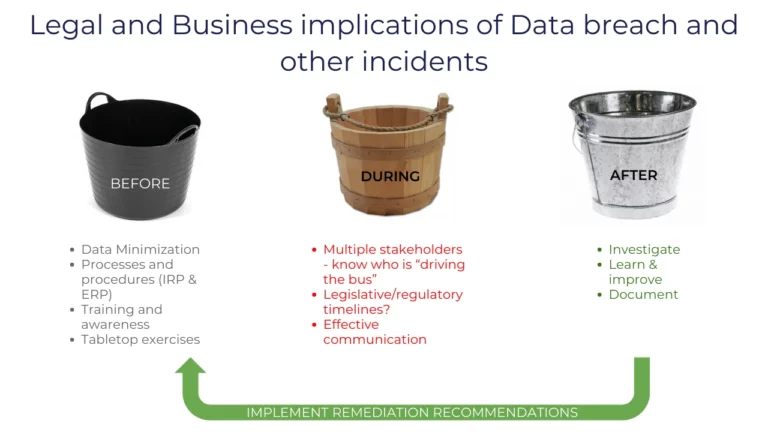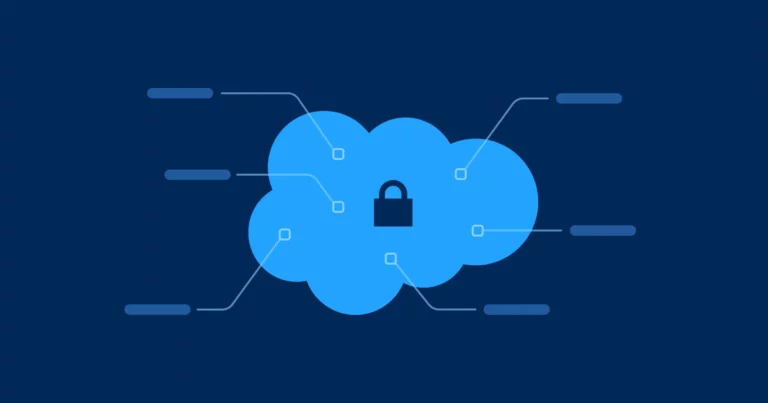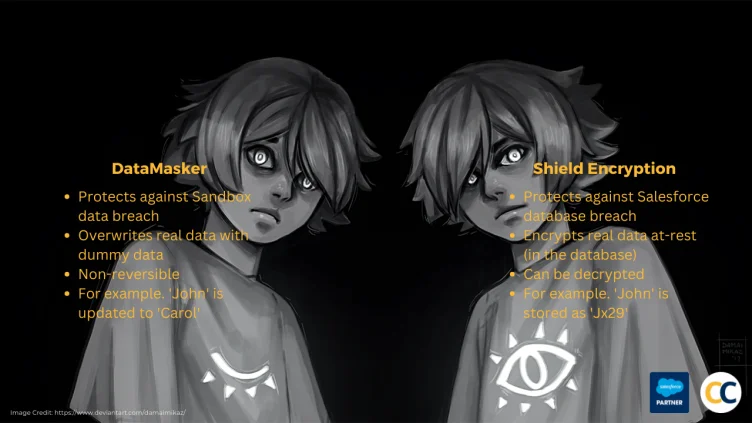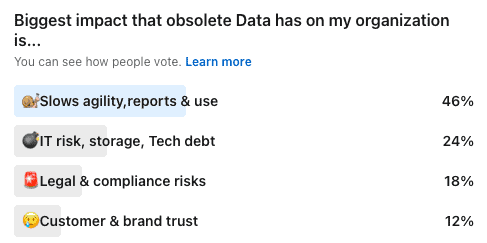
5 Key Strategies for RTBF and Data Portability Automation in Salesforce
5 key steps to simplify and automate your Salesforce org’s RTBF and data portability requests.
We talked earlier about masking sandboxes. The second step is to reduce production data. The idea here is that obsolete information in your Salesforce production org is just increasing your cost, risk and potentially the chances of non-compliance, related fines and embarrassment.
To address all of that, build consensus.
For building this consensus, we need to collaborate with internal stakeholders such as IT, business, legal, compliance, InfoSec and risk management.
All of these stakeholders will provide input that helps us produce a solid data reduction strategy. So let’s take a look at how this works.
Run a Salesforce data coverage tool, such as Cloud Compliance’s personal data discovery or Fieldtrip. This gives us a snapshot of the state of data in your Salesforce org.
Now, you know, how much data exists in each of your object, what fields are populated, what is the oldest record? And does it potentially violate any of the security, data minimization and retention, or other related policies.
This is a great step to start with facts.
Once you have all of this information, share your findings and highlight the benefit of reducing this data to your stakeholders.
For example, with each function within your organization, give them a benefit or a value proposition that is relevant to their goals.
In case of marketing that could be having more updated data ensures that we are respecting customer communication preferences. We are also more compliant with laws such as GDPR.
In addition, stale data with potentially erroneous email addresses and contact preferences is not going to get us beneficial results.
Another important function is legal and compliance. They are already laying down policies around compliance for laws like GDPR and to reduce future risk of lawsuits arising from data breaches and spills.
This is one of the dominant groups in helping businesses build a case for reducing data in Salesforce production Orgs.
Of course, another important stakeholder is the IT itself. More data means an increased amount of complexity of processing, storing and securing obsolete data.
In fact, we often refer to it as the ‘Undead’ data because it just roams around in your systems, like a zombie and delivers no value.
It just sucks the technology dollar blood out of your organization, slows down your projects, your data migrations take longer, your validations take longer. So the step two is a really important aspect of data reduction framework.
Give it a try, and please share your comments with us. Please refer to the link for the entire data reduction framework from Cloud Compliance.
Thank you so much.
Download the Free Trial of DataMasker App from AppExchange

Saurabh is an Enterprise Architect and seasoned entrepreneur spearheading a Salesforce security and AI startup with inventive contributions recognized by a patent.

5 key steps to simplify and automate your Salesforce org’s RTBF and data portability requests.

A plain English guide to the latest additions in the California Privacy Rights Act (CPRA) and their implications for Salesforce orgs.

Get a clear understanding of the GDPR’s impact on Salesforce and explores the benefits of automating RTBF and Data Portability.

Because in the realm of data security, especially concerning Salesforce, understanding the holistic approach to data protection is not just beneficial – it’s essential.

Explores how data masking is key to strengthening your Salesforce security.

Table of Contents Salesforce provides businesses with the ability to protect their data from unauthorized access, both through Salesforce Shield Encryption and Sandbox Data Masking with DataMasker.

Disclaimer: To all readers, please note that this not legal advice, nor is this coming from Salesforce. This is strictly my personal opinion and perspective

Marathon runners obsess over their socks and shoes – because to outdo their past performance, they need to take advantage of everything at their disposal.

Reducing Salesforce data footprint directly reduces the cost and risks of potential data leaks and embarrassment, as well as benefits your organization. Here are

We earlier talked about reducing production data. The third step to reducing data in your Salesforce org is to define retention policies. The idea here